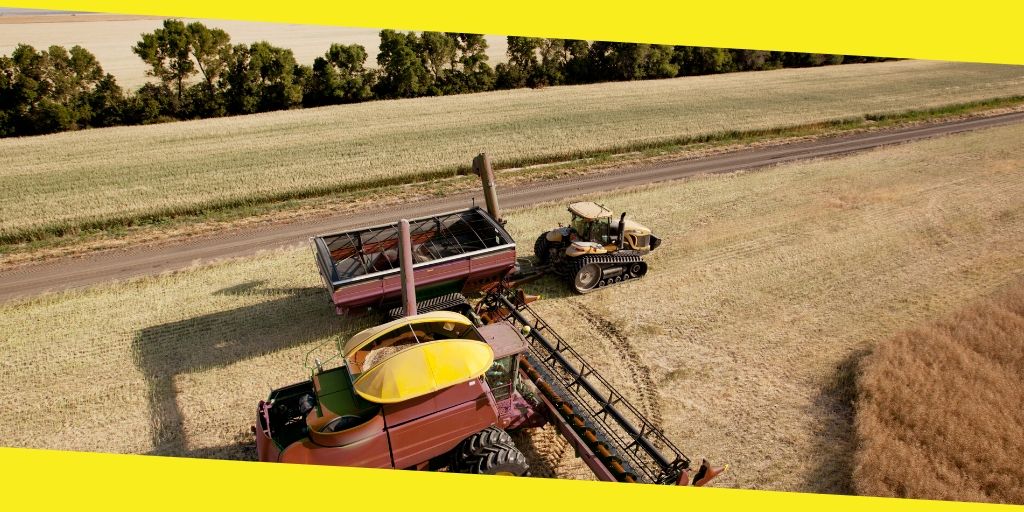Getting the Grain Cart All Set for Harvest

Harvesting signals the end of grain production. It is perhaps the most stressful and challenging task that farmers have to carry out before they can finally kick back and relax. Fortunately, there are many helpful tools and pieces of equipment that they can arm themselves with to facilitate harvesting. Grain carts are some of the most indispensable farming machinery that can aid them in such an arduous undertaking.
Sometimes called a chaser bin or an auger wagon, a grain cart helps simplify harvesting grains. Although it can make the work of grain farmers easier, operating it is no picnic.
Running a grain cart is easier said than done. Especially because the process of harvesting grains with the use of machinery usually requires working as a team, operating a grain cart is more appropriate for someone who can communicate well with the truck driver.
There are different grain cart models currently existing, and they fall under categories such as the horizontal drag and gravity flow. It is extremely crucial to utilise the right kind for efficient harvesting of grains. Other than that, it is also a must to make sure that the appropriate grain cart is ready for a busy day of harvesting ahead.
Contents
ToggleExamine the Tire Pressure
The tires can lose some air since the last use of a grain cart. It can happen even if they look and feel like they still have the correct tire pressure.
The problem may present itself only after loading the grain cart during the harvesting process itself, which can put the activity to a halt. In harvesting grains, time is a precious commodity, and wasting it can have a considerable impact on the profit.
Before taking the grain cart to the field, check that it tires have the correct pressure. Additionally, it’s good idea to make sure that the grain cart has proper torque to avoid unnecessary delays.
Inspect the Undercarriage
Heavy-duty grain carts can take a beating. However, being in service for years in the world of agriculture can take its toll on the various parts, including the undercarriage. Uneven and challenging terrains can cause a lot of stress on it.
One must carefully inspect the undercarriage to identify problem areas. Correcting them is essential to keep bigger and costlier issues at bay.
The drawbar is one of the parts of a grain cart that is highly susceptible to wear and tear, especially if the piece of equipment has a large capacity. The installation of a wear pad that is out of plastic can help minimize drawbar deterioration.
Check the Auger Flighting
One of the most important components of a grain cart is the auger flighting. Sometimes called auger conveyor or screw conveyor, it is the one that takes the grains from the field and then loads them into the cart itself.
Like the drawbar of the machinery, the auger flighting is prone to damage. It doesn’t come as a surprise, given the difficult task it has to carry out.
Before using a grain cart, check that the auger flighting’s diameter is still within an inch of when it was brand new. If necessary, replace it. Such is important for accelerating the loading speed as well as maintaining grain quality.
Conclusion
Farmers can encounter all sorts of problems during the harvesting process. Ensuring that the grain cart is ready for some action makes it possible to keep at bay unnecessary delays.
Recommended For You
Building Financial Trust: 3 Tips for Couples in Business Together
Most Inside
Most Inside offers high-quality recommendations and valuable updates to enhance all aspects of your life, providing premium guidance and enriching experiences.




